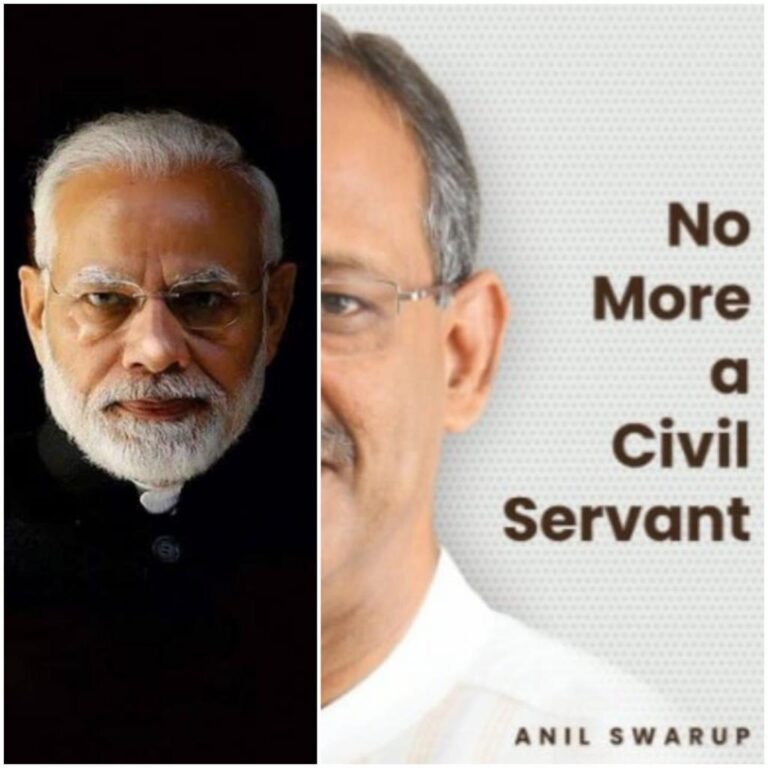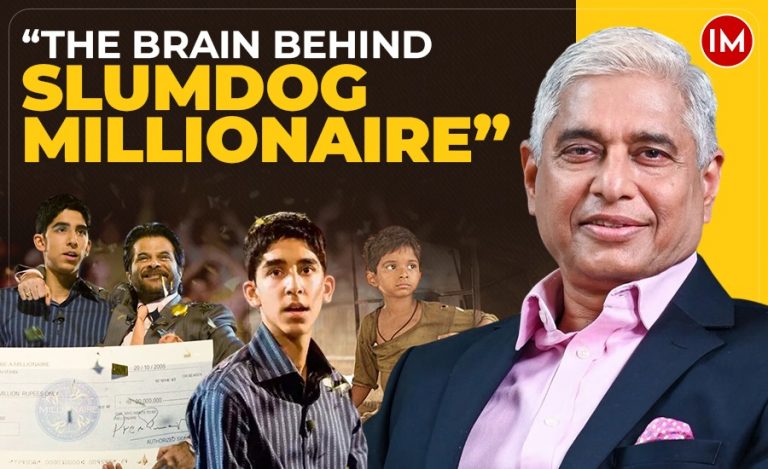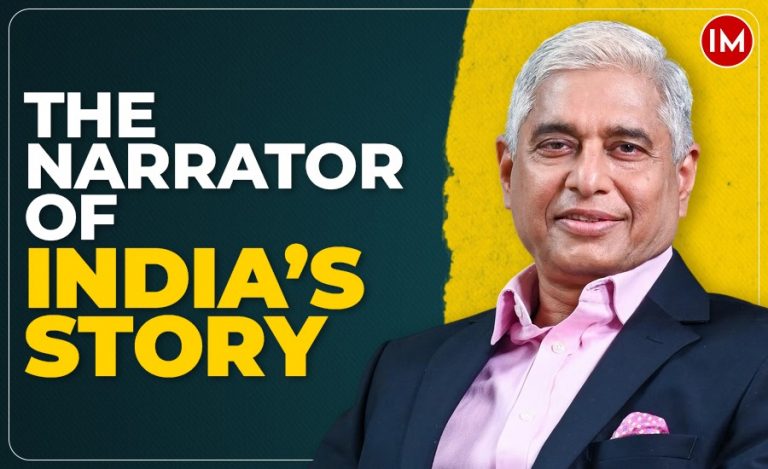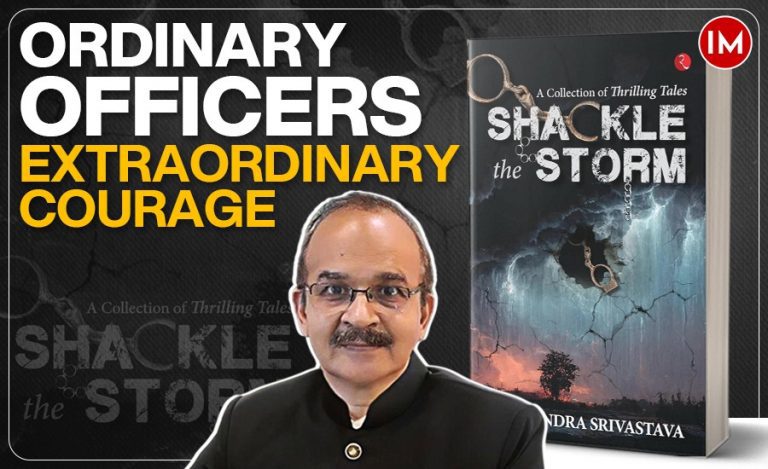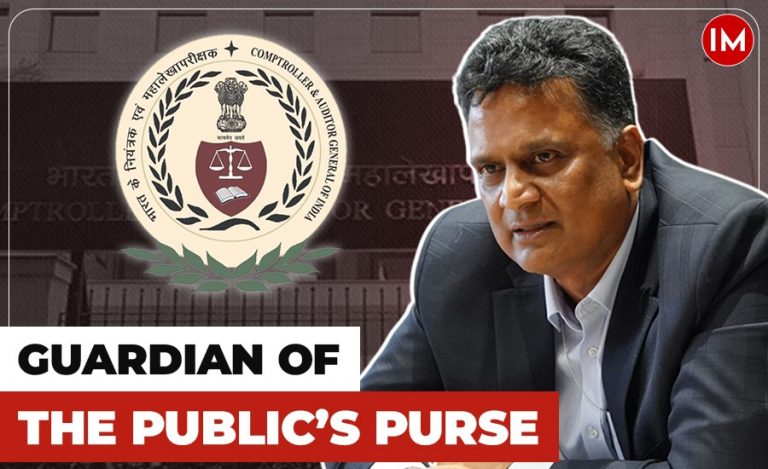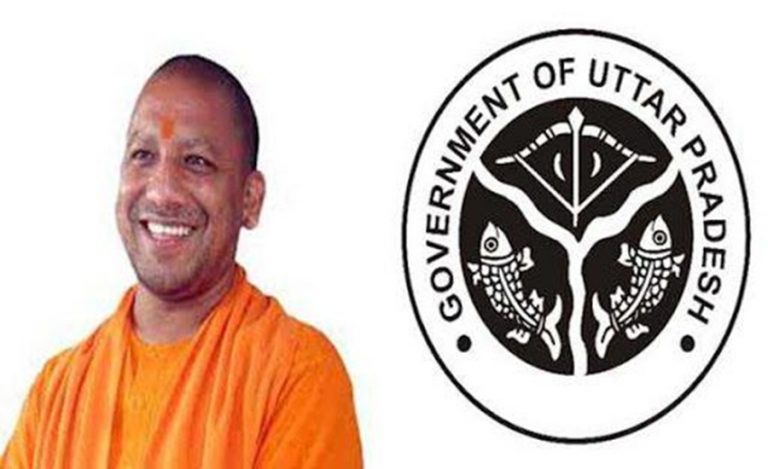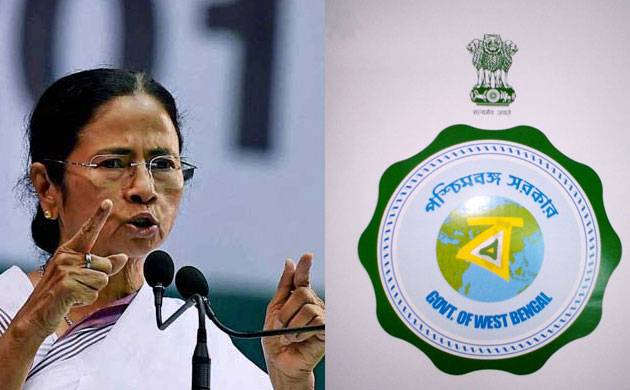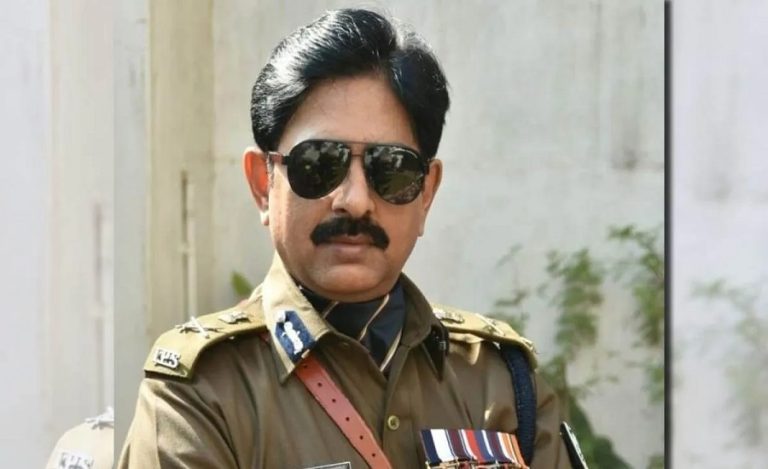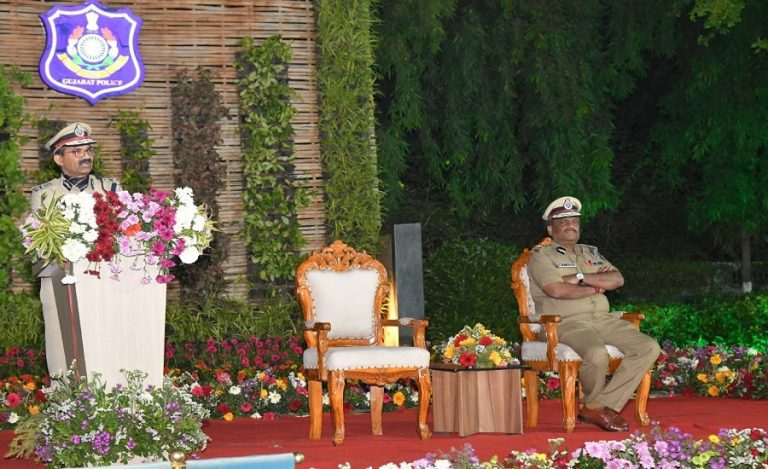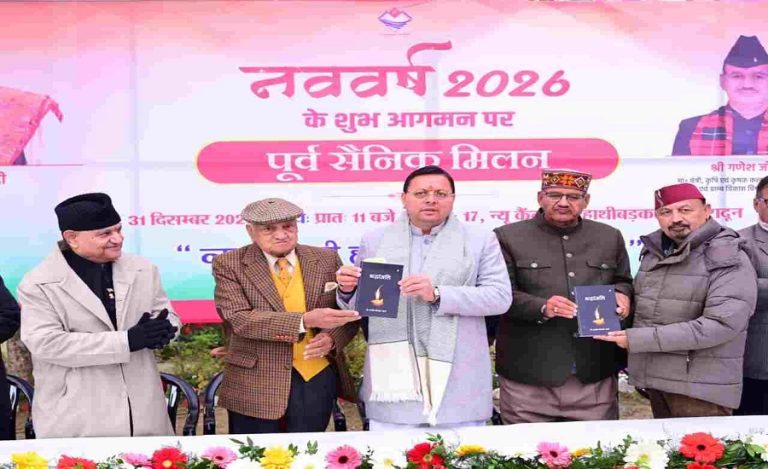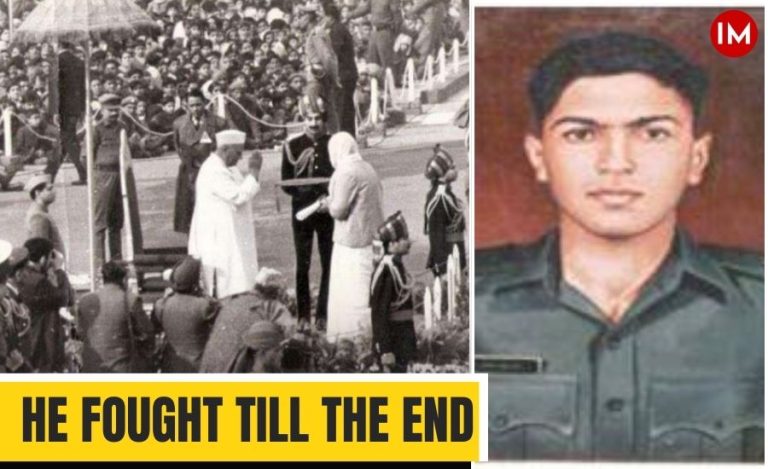It’s not every day that one gets to read about how the Prime Minister of the nation interacts with the bureaucrats. There was Sanjaya Baru’s The Accidental Prime Minister: The Making and Unmaking of Manmohan Singh, which brought to light several, hitherto, unknown inside information about the Prime Minister Office.
However, Prime Minister Narendra Modi is known for not encouraging anyone serving in the PMO to speak about its or his style of functioning. He also maintains distance from the press, only giving interviews on select topics to select journalists.
As a cloud of secrecy surrounds the PMO, and at a time the PM’s remarks on babus in Parliament have raised eyebrows, former Secretary to the Government of India, Mr. Anil Swarup’s latest book, No More a Civil Servant, cuts through the haze to delineate PM Modi’s style of functioning, especially his dealings with the bureaucrats.
Mr. Swarup did not serve at the PMO, but in his capacity as Secretary to the Union government, he had the opportunity to interact with Prime Minister Modi on several occasions and observe closely his style of functioning, which is described vividly in the book.
Today, we take a look at the chapter, The Narendra Modi I Knew, and also present a few excerpts from it, which unmistakably bring out two varying personas of the PM, and how over the years, as Mr. Modi changed, so did the interactions between him and the bureaucrats – from a free-flowing exchange of ideas to silence or, at best, guarded response.
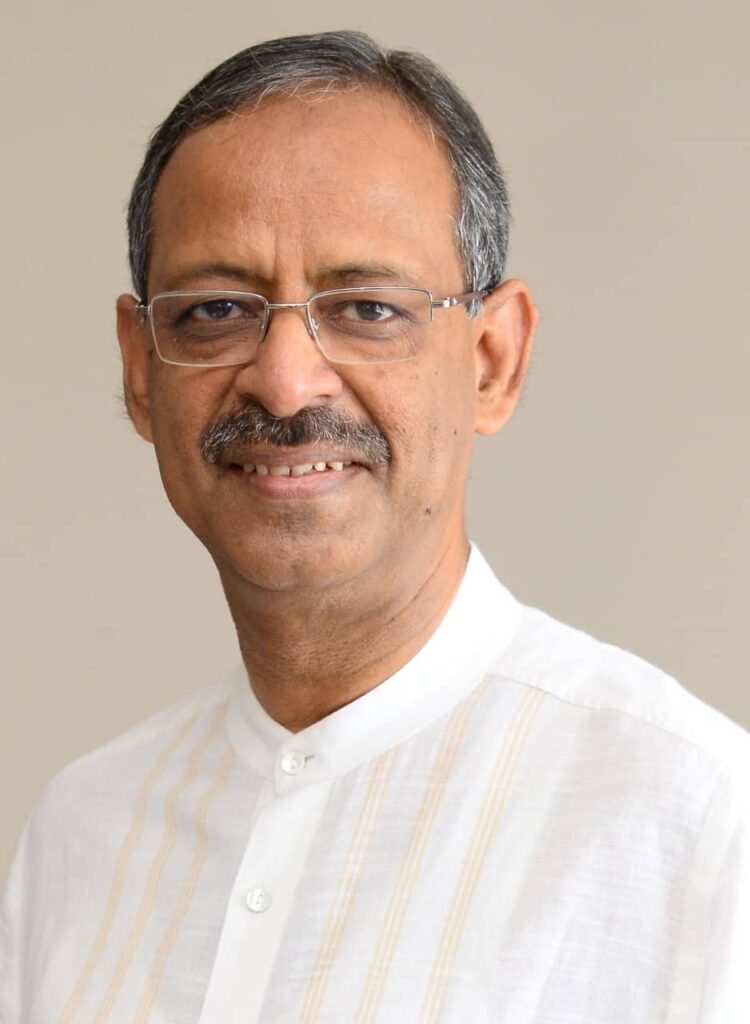
FROM A QUIET CM TO AN AFFABLE PM
In Chapter 2 of the book, The Narendra Modi I Knew, Mr. Swarup starts off by describing his first meeting with an exceptionally quiet and preoccupied Mr. Modi on June 7, 2002, when he was the Chief Minister of Gujarat, grappling with the post-Godhra crisis.
However, he was pleasantly surprised to see a different Narendra Modi when he met him again in Delhi as the PM of the country.
“Here was a Prime Minister prepared to listen to a difference of opinion and respond positively,” he writes. “It was heartening to see the Prime Minister in full action. During his stint as the CM of Gujarat, he had perhaps understood the role that Civil Servants could play. He was trying to replicate that model in the centre.”
He especially mentions Mr. Modi’s quarterly exchange of ideas with the top Civil Servants over a cup of tea at his residence. Mr. Swarup’s first tea, along with the other Secretaries, was on April 1, 2015, on the lawns of PM residence in an informal setup.
“The Cabinet Secretary made the opening remarks, and then the Secretaries were asked to speak on any subject. Many Secretaries spoke, and spoke freely on many subjects. It was indeed a great way of getting feedback on various subjects. After remarks by several attendees, the PM responded to the suggestions and ideas. It was incredible. Perhaps a Prime Minister of the country was opening up in an informal setting for the first time.”
Mr Swarup further writes how they were treated to a sumptuous tea after the address by the PM, and even on that occasion, the PM went around and interacted with smaller groups. “He was quite literally on the move and endeared himself to all.”
“Narendra Modi did something that had never been done before. He got the Secretaries to discuss various issues in informal settings. He had correctly diagnosed that the Ministries existed in silos, which needed to be broken. It worked. Secretaries got together and found solutions to many vexed issues that confronted the government.”
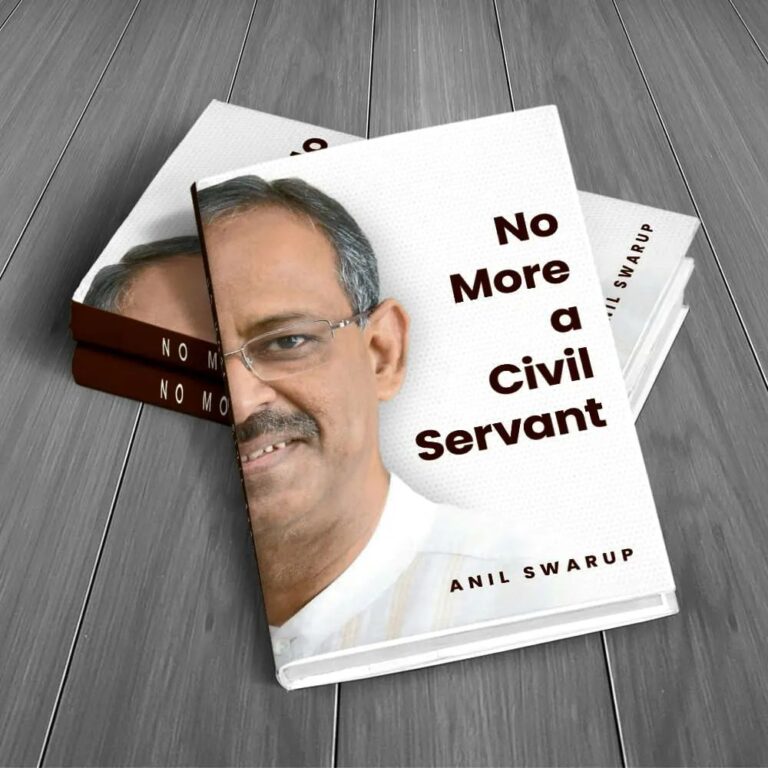
OPEN TO DIFFERING VIEWS
Mr. Swarup writes that PM Modi’s grasp of the issues concerning the country was phenomenal and he came up with extremely practical solutions. He attributes this to Mr. Modi’s long experience as Chief Minister of Gujarat. He also elaborates how PM Modi was ready to accept a difference of opinion.
“During both the first and the last meeting with PM Narendra Modi, I had a view that was at variance with his. On both the occasions he heard me out, he concurred with me on each of these occasions. Yes, Modi was prepared to listen, ready to accept a difference of opinion. And this is the reason why I blame those around him for not presenting their views freely and frankly. There were several occasions when I found that officers with differing perspectives kept quiet or went with the flow.”
THE COMMUNICATION FROZE
At one point, the author wonders why after starting in right earnest as the Prime Minister, and the economy too seemingly doing pretty well, where and when did it go all wrong? “In my understanding, it all changed on the fateful night of November 8, 2016. Demonetisation was announced.”
Over time, there was perceptible change in the environment, the author reveals. “The last tea session of the Secretaries with the PM that I attended epitomised the mood.”
“However, on this day, after the Cabinet Secretary spoke, there were no comments/ observations from Secretaries for a couple of minutes after the Cabinet Secretary had concluded. There was an unusual silence, reflecting a change in the environment. The PM had to stand up himself and ask the Secretaries to speak. After that, some Secretaries spoke, but the cat was out of the bag. The ‘free’ communication channel appeared to have been frozen.”
(This is the first part of our serialisation of excerpts from Mr. Anil Swarup’s new book, No More A Civil Servant, where we focus only on the chapter on PM Modi. We will be back with another chapter, another topic in our second part.)

